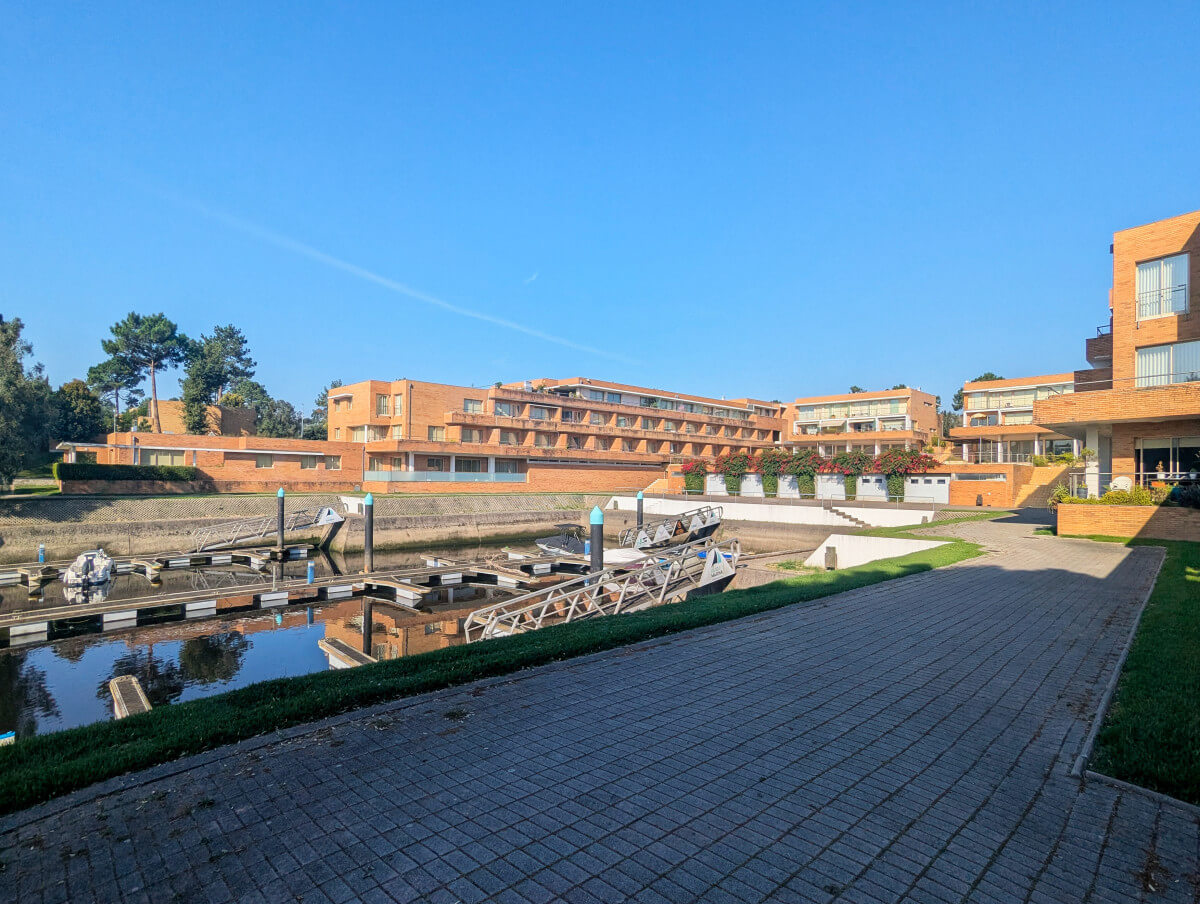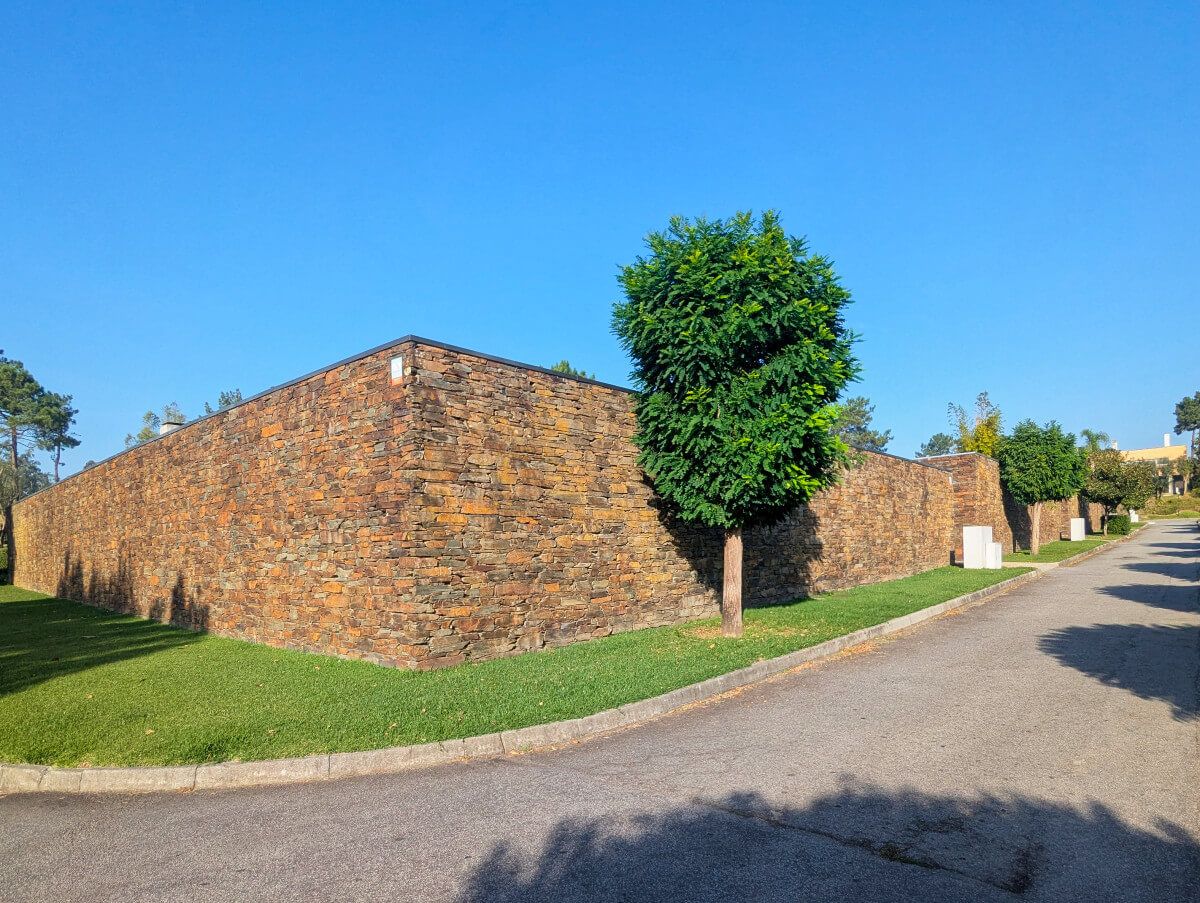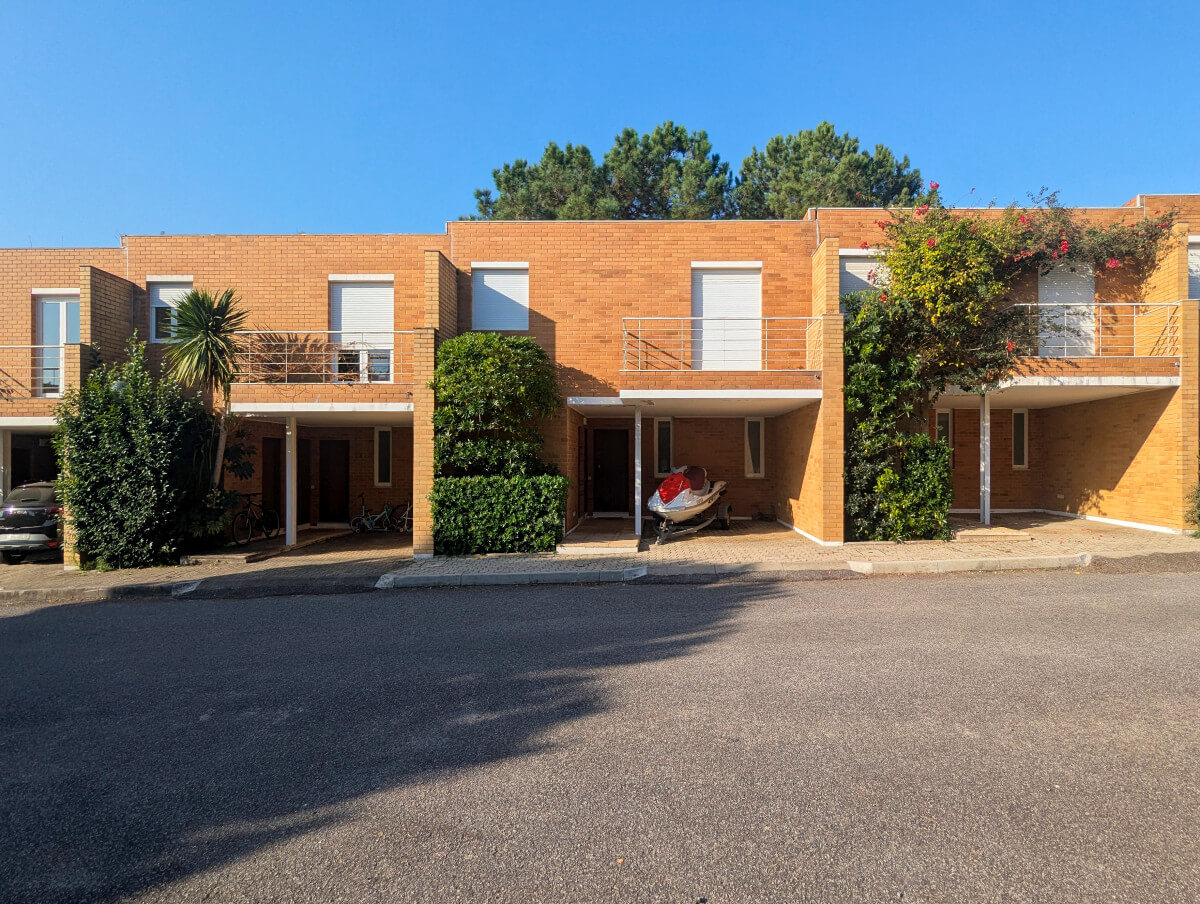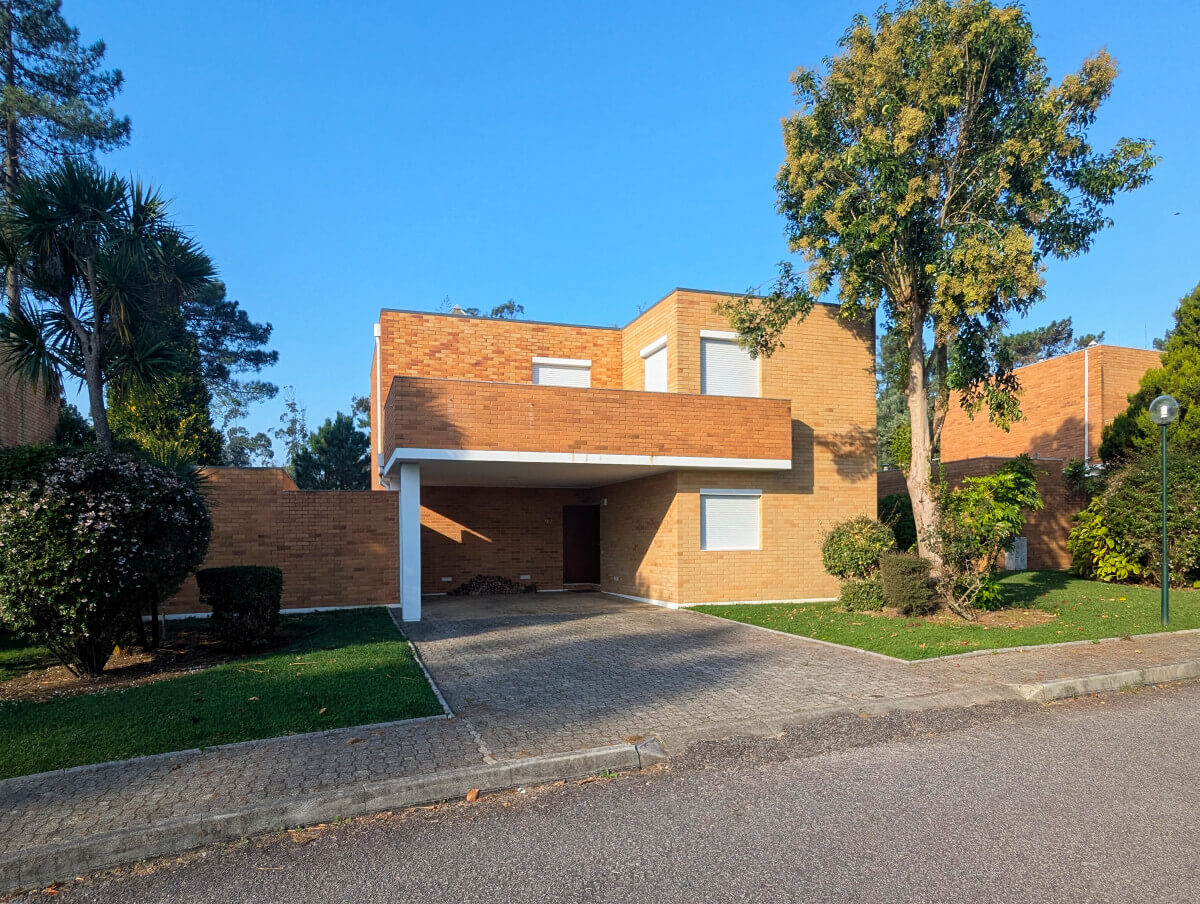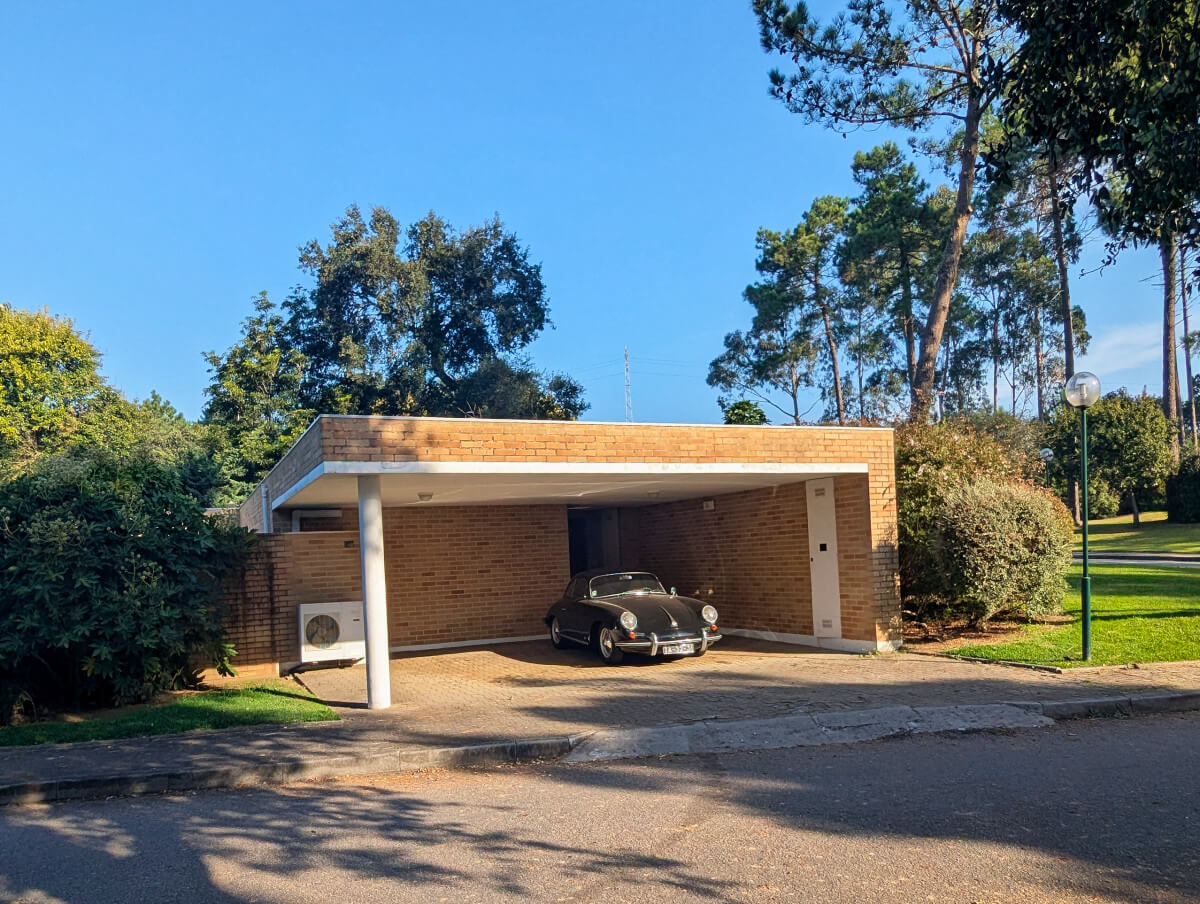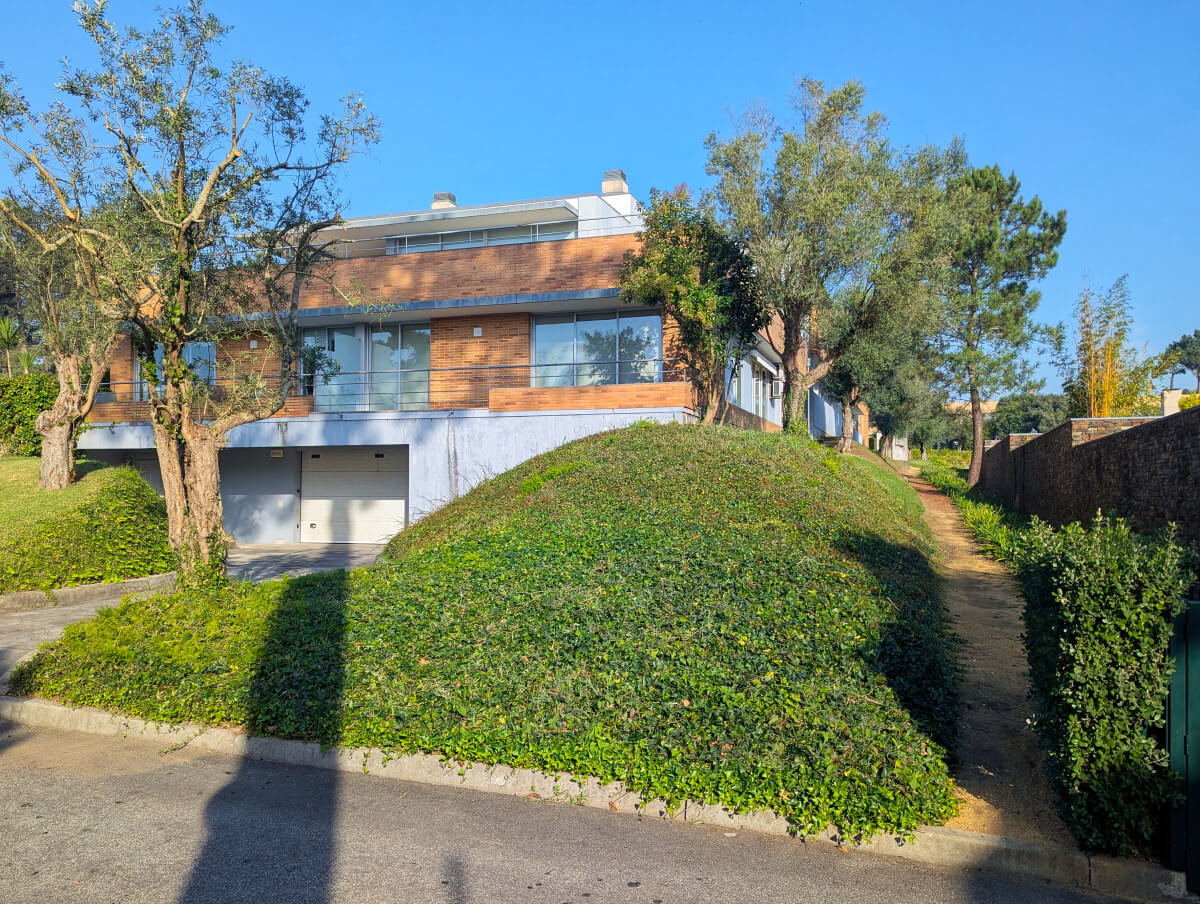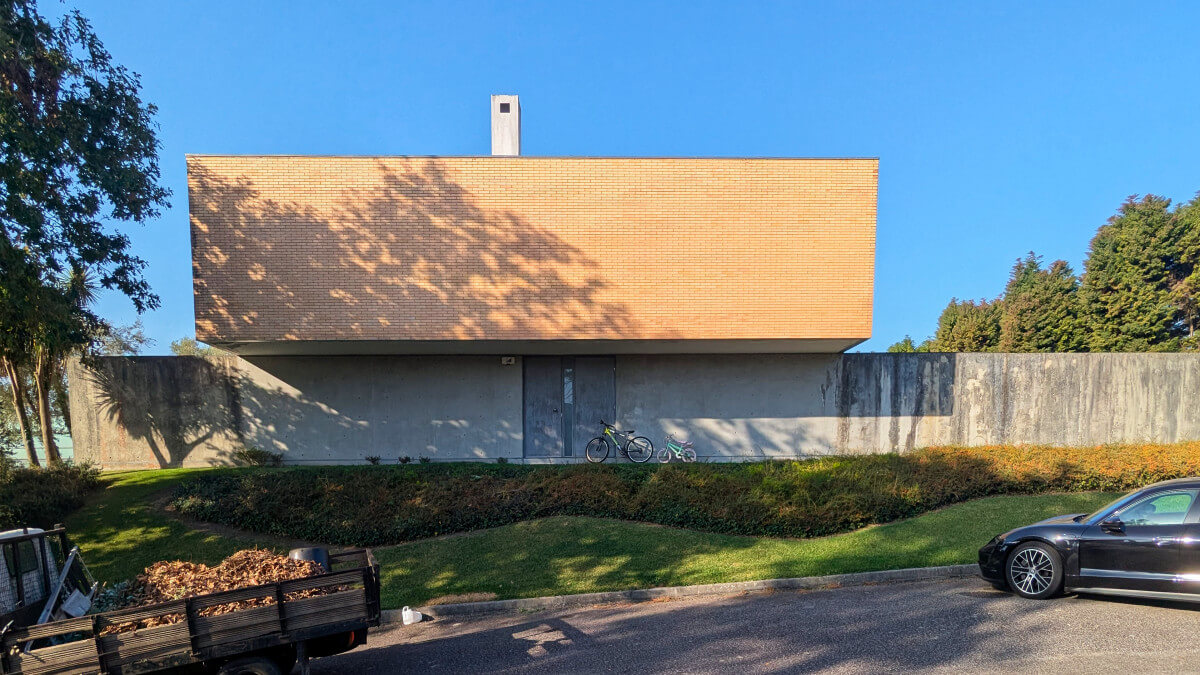1959, Viana do Castelo
João Álvaro Rocha (1959–2014) was a highly influential Portuguese architect, known as one of the leading figures of the generation that followed the renowned masters of the ‘Oporto School’ of architecture, such as Álvaro Siza.
His work is characterized by an extraordinary control, rigor, and precision, often achieving high-quality architecture even with extremely controlled budgets, particularly in the realm of social housing. Rocha’s design process was based on an exhaustive control of every component, making his architecture a valuable source of knowledge and design tools for subsequent architects.
He developed a significant body of work, particularly in the Porto Metropolitan Area, spanning:
Collective Housing and Social Housing: He is considered one of the greatest exponents of contemporary social housing in Portugal, with notable projects like the Bairro da Seara in Matosinhos.
Public Facilities: Including the National Laboratory of Veterinary Research and the design of eight stations for the Porto Metro in Maia.
Single-Family Dwellings and urban projects.
Beyond his practice, he maintained an intense teaching activity at the Faculty of Architecture of the University of Porto (FAUP) and other international institutions, passing on the rigorous, minimalist, and contextual approach that defines his legacy. His work is recognized for its ability to combine modern architectural language with traditional materials, creating buildings that are clearly contemporary yet deeply responsive to their surroundings.
